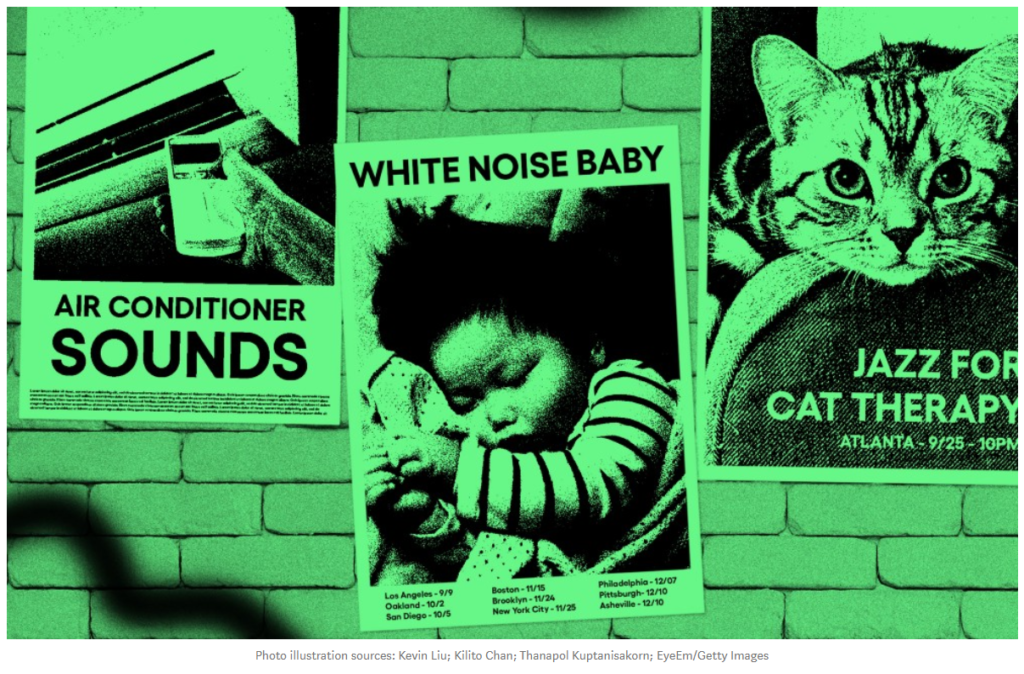
A story that’s well-known among architects and urban designers is the tale of how people stopped complaining about waiting for elevators in the skyscrapers of New York City. The story’s origins are in the post-Second World War building boom, with its massive increase of skyscrapers. One building’s manager brought in mechanical engineers and elevator companies to help him solve a daily problem: people were waiting too long for the elevators, and they were getting angry about it. After looking at the issue, the engineers and company representatives came back and said that this problem was unsolvable. But a psychologist who worked in the building came up with his own solution. According to one version of the story, the psychologist didn’t focus on elevator performance but on the fact that people felt frustrated with what was a relatively short wait. He concluded that the frustration was likely born out of boredom. With the approval of the building’s manager, he put up mirrors around the elevator waiting area so that people could look at themselves and others waiting. Thus, waiting became interesting. The complaints not only ceased immediately and completely, but some previous complainers actually applauded the building staff for improving the speed of the elevator service.








